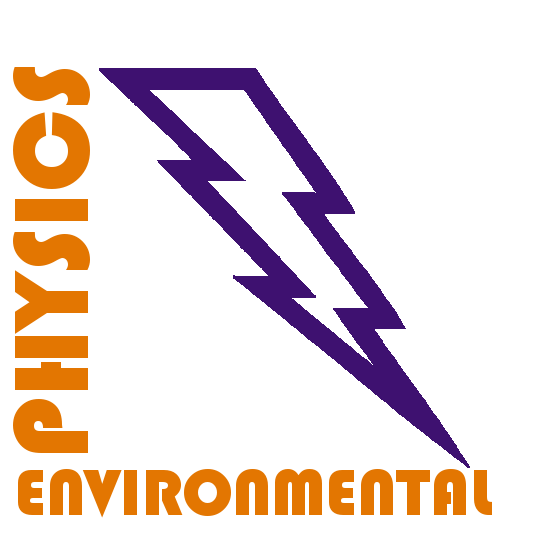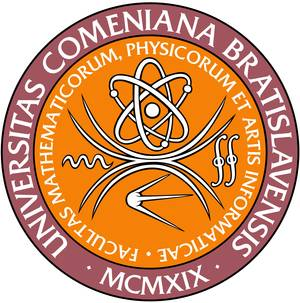Interim report of plasma catalysis: Footprints in the past and blueprints for the future
Kim H.-H., Abdelaziz A. A., Teramoto Y., Nozaki T., Hensel K., Mok Y.-S., Saud S., Nguyen D. B., Lee D. H., Kang W. S.
Int. J. Plasma Environ. Sci. Technol. 15 (1), e01004, 39 pp (2021)
download
|
Citations: | 1.) | S. Chen, H. Wang, F. Dong: Activation and characterization of environmental catalysts in plasma-catalysis: Status and challenges, J. Hazardous Materials 427, 128150 (2022), citation Kim, INDEX
(2022)
------------- | | 2.) | X.-S. Li, Y.-C. Li, L.-Y. Wang, J.-L. Liu, A.-M. Zhu: Real-time measurement of axial temperature in a coaxial dielectric barrier discharge reactor and synergistic effect evaluation for in-plasma catalytic CO2 reduction, Plasma Process. Polym. X, e2100229 (2022), citation no. 26, SCOPUS
(2022)
------------- | | 3.) | Z. Fan, H. Sun, S. Zhang, W. Han, C. Zhang, Q. Yang, T. Shao: COx-free co-cracking of n-decane and CH4 to hydrogen and acetylene using pulsed spark plasma, Chem. Engineer. J. 436, 135190 (2022), citation no. 9, SCOPUS
(2022)
------------- | | 4.) | H. Bai, B. Huang, Y. Liu, C. Zhang, T. Shao: Reaction mechanism in non-thermal plasma enabled methane conversion: correlation between optical emission spectroscopy and gaseous products, J. Phys. D. Appl. Phys. 54 (42), 424002 (2021), citation no. X, SCOPUS
(2021)
------------- | | 5.) | J. Zhang, L. Wang, X. Hu, Q. Shao, X. Xu, C. Long: Balancing surface acidity, oxygen vacancies and Cu+ of CuOx/CeO2 catalysts by Nb doping for enhancing CO oxidation and moisture resistance and lowering byproducts in plasma catalysis, J. Cleaner Product. 318 (10), 128564 (2021), citation Kim, INDEX
(2021)
------------- | | 6.) | Z. Chen, B. E. Koel, S. S. Sundaresan: Plasma-assisted catalysis for ammonia synthesis in a dielectric barrier discharge reactor: Key surface reaction steps and potential causes of low energy yield, J. Phys. D. Appl. Phys. 55 (5), 055202 (2021), citation no. 22, SCOPUS
(2021)
------------- | | 7.) | P. Navascués, A. Gomes-Ramirez: Plasma assisted CO2 dissociation in pure and gas mixture streams with a ferroelectric packed-bed reactor in ambient conditions, Chem. Engineer. J. X, 133066 (2021), citation no. 47, SCOPUS
(2021)
------------- | | 8.) | X. Fan, Z.-Y. Li, M.-W. Du, J. Li: Plasma-Catalytic Hydrolysis of Urea for Ammonia Production: Optimization and Kinetic Study, Ind. Eng. Chem. Res. X, xxx (2021), citation no. 23, SCOPUS
(2021)
------------- |
|

